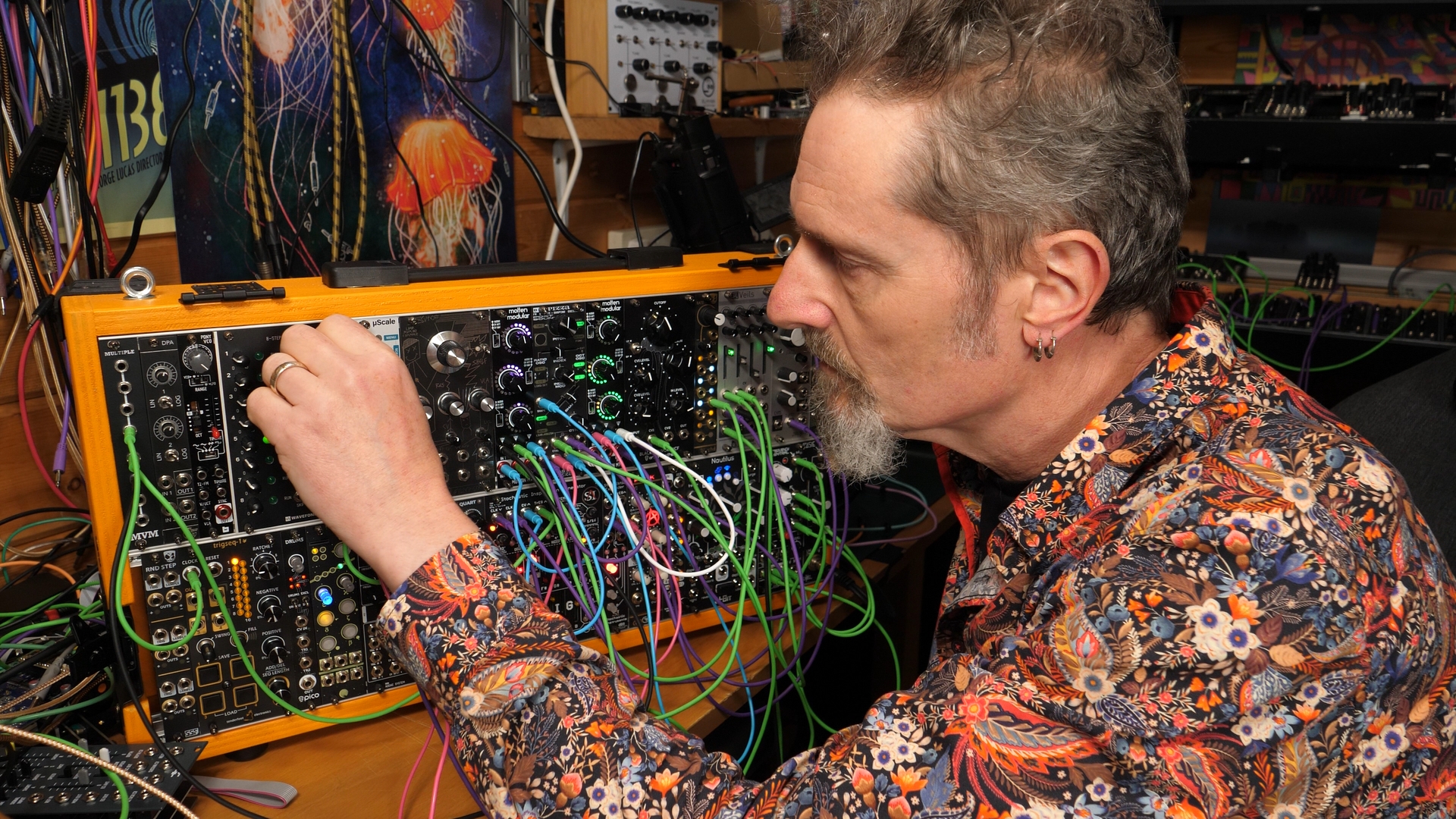Behringer has a huge range of Eurorack modules at very reasonable prices. Most of them are based on vintage modular systems such as the Roland System 100, Moog Modular and ARP 2500. While they are great, they are also quite particular to those systems and are more geared towards people wanting to recreate those classic synths. However, Behringer has started to produce some more mainstream modules, and that kicked off with BRAINS.
BRAINS is based on the Open Source firmware from the Mutable Instruments Braids & Plaits modules, which are probably the most popular modules in all of Eurorack. It’s a voltage-controlled oscillator (VCO) that contains 20 different synthesis algorithms making it an incredibly versatile sound source.
You’ve got your regular virtual analog waveforms like triangle, saw and square, but you’ve also got waveshaping, wavetables, supersaw, FM synthesis, drum synthesis, noise, strings, chords and speech. BRAINS can be every sort of oscillator you could wish for. Each algorithm has three parameters to play with or control via CV. You’ve even got two audio outputs with the second one offering an alternative version of the first.
To top it all off it’s got a rather nice-looking oscilloscope display showing you the waveforms that are being produced. BRAINS is undoubtedly a great place to start.
Street Price: $159
Behringer.com
